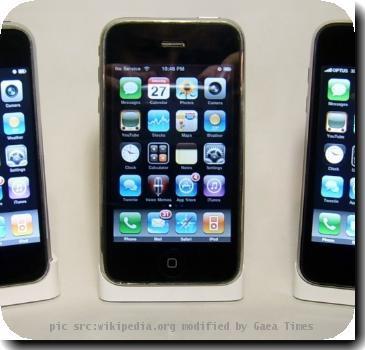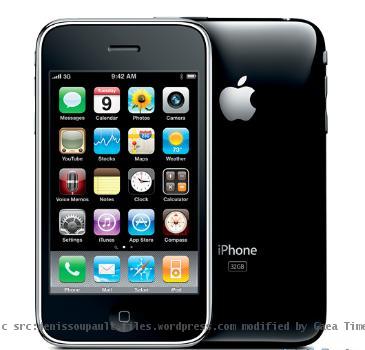Verizon posts loss on 11,000-employee buyout costs, revenue misses Wall Street expectations
By APFriday, July 23, 2010
Verizon posts 2Q loss on costs of employee buyout
NEW YORK — Verizon Communications Inc. on Friday said it lost $198 million in the second quarter due to a buyout for 11,000 workers.
Excluding the severance costs and other items, earnings beat Wall Street expectations while revenue was slightly lower than analysts had expected. CFO John Killian projected earnings for the rest of year that would be roughly in line with analyst expectations.
Its shares rose $1.02, or 3.8 percent, to close at $28.02 Friday.
The nation’s second biggest phone company said it lost the equivalent of 7 cents per share in the April to June period. That compares with net income of $1.48 billion, or 52 cents per share, in the same period last year.
Excluding various charges, mainly for the buyouts, earnings would have been about 58 cents per share in the latest quarter. That is 2 cents more than analysts surveyed by Thomson Reuters had expected, on average.
Verizon said its revenue slipped 0.3 percent to $26.8 billion from $26.9 billion a year ago, though that was in part because of the one-time effect of a change in accounting for wireless data plans. Without that change, revenue would have grown 0.7 percent, still slightly short of analyst expectations at $27.1 billion.
The New York-based company has been laying off workers quickly in the shrinking traditional phone business. It offered a buyout to union workers in May, with a $50,000 one-time bonus per employee, improvements to pension payouts and other benefits. Verizon expects 11,000 to take advantage of it, and said two-thirds of them had left the payroll as of early July.
Verizon ended the quarter with 210,800 employees, 24,500 fewer than a year ago.
Verizon did well in the highly competitive wireless business, attracting 665,000 customers under contract. That’s fewer than in past years, but contract-signing customers have been drying up for all carriers this year, and Verizon bested chief rival AT&T Inc., which Thursday reported getting a net 496,000 contracts signed in the quarter. AT&T had help from the launch of a new iPhone model in the last few days of the period.
Verizon Wireless has been positioning phones using Google Inc.’s Android software as the alternative to the iPhone, and Killian said this is working well.
“We feel really good about our device portfolio,” he told analysts on a conference call.
However, Verizon is less effective at boosting its wireless service revenues, reporting growth of 5.2 percent over last year. AT&T’s growth is twice as fast. Also, Verizon’s bottom line is hurt by the fact that Vodafone Group PLC, a British company, owns 45 percent of Verizon Wireless.
Most new customers flowed to Verizon Wireless through resellers like Tracfone’s Straight Talk service, sold at Wal-Mart. Verizon added 896,000 wholesale customers in the quarter. These pay much less than contract-signing customers, but they are profitable.
Verizon sold off areas with 2 million wireless subscribers to AT&T Inc. and Atlantic Tele-Network Inc. in the quarter to satisfy regulatory requirements for last year’s acquisition of Alltel Corp. It’s still the largest cell phone company in the U.S., with 92.1 million subscribers, either directly or through resellers. AT&T has 90.1 million.
Just after the end of the quarter, Verizon closed its sale of 4 million phone lines in 14 states to Frontier Communications Corp. for $5.3 billion. The company has been selling off lines in outlying areas to focus on more densely populated areas in the Northeast, Florida, Texas and California.
Killian said that excluding the sold-off businesses, he expects Verizon to earn roughly $1.05 to $1.10 per share in the remainder of the year. Analysts were expecting about $1.06 per share.
Verizon has been replacing phone lines with optical fiber, but this year called a halt to expansion of its so-called FiOS service. It’s now focusing on completing the buildout in areas where it already has a franchise to sell cable TV services over fiber. The halt is reflected in the company’s capital expenditures. In the same quarter last year, it spent $2.3 billion on wireline upgrades and $1.8 billion on wireless. This year, the numbers are reversed, with the higher investment going to wireless.
Tags: Earnings, New York, North America, Products And Services, United States





